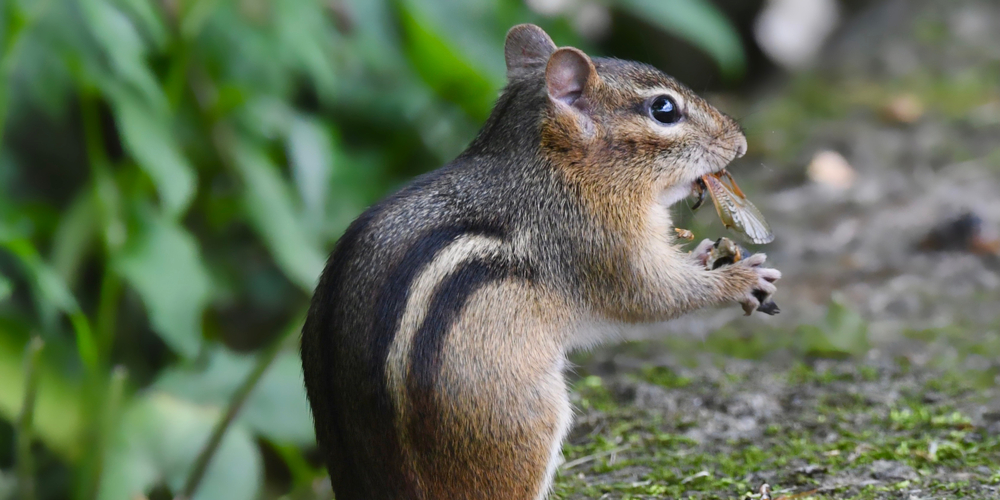Lilies are a beloved flowering plant. They are easy to grow, and they come in many colors. You may be wondering, ‘What’s eating my lilies?’
What’s Eating My Lilies
Lilies can be attacked by many types of pests. The most common pests of lilies are aphids and slugs. This may weaken the plant, so it cannot grow or flower properly.
Damage From aphids
Lilies are delicate flowers, so they are vulnerable to some pests and diseases. Lilies also tend to attract insects that may be harmful, such as aphids.
Aphids have been known to transmit viruses and bacteria that can affect the lily plant. So if you notice your lilies are wilting or dropping their leaves more often than usual, it may be a sign of an aphid infestation.
Aphids are tiny insects that suck the juices out of the stems and leaves of the lily plants. This weakens the plant so that it cannot grow or flower properly.
Aphids also spread fungal diseases, which can kill the plant. If you notice small bumps on your lily leaves or stems, you may have aphids on your plants.
They also produce a sweet honeydew substance that attracts other pests such as ants, further harming your lily plants. To control aphid infestations on your lilies, spray them with insecticidal soap or neem oil when they first appear on your plants; repeat weekly if necessary until they are gone.
Damage From slugs
Slugs and snails can also damage your lily plants. They can cause damage by eating leaves, stems, and flowers. Slugs are usually brown or grey in color and have a slimy underside.
Snails have a shell that is usually pink or brown in color and have a slimy bottom. Keep your garden well-watered to avoid these pests, especially during the summer months.
This will keep the soil cool so that slugs will not be able to climb out of it. Also, use slug bait to keep them away from your garden plants.
Note: You should regularly check for pests and diseases that could be affecting your lily plants. If you see any signs of diseases or pests on your flowers, contact a professional horticulturist immediately for advice on what to do next.
Damage From pests
If you notice damage or dig up and nibble on crunchy lily bulbs on your lily plants, such as leaves being chewed off or holes in your lilies, you may have squirrels or chipmunks or voles in your garden. Deer, rabbits and gophers also love to chew on new, tender foliage.
To prevent these pests from eating your lilies and damaging your plants, keep them away from the garden by providing shelter or erecting a fence. Also, use repellents such as horticultural oils and cedar oil to repel the squirrels from eating lilies.
Plant your bulbs in a raised bed surrounded by a tall fence or hedge. If you’re using a wooden fence, drill holes about 6 to 8 inches apart in the top rail. That should discourage squirrels from climbing to the top and jumping down on your bulbs. If you’re using a chain-link fence, install a 3-foot wide skirt of chicken wire around the bottom of the fence.
That will prevent critters from digging under the wall and into your garden. To keep rabbits away, wrap chicken wire around the base or place metal cylinders around that are 1 foot high and about 1 inch in diameter.
Keep gophers out by sinking 2-inch diameter pipes into the soil next to each bulb that is 4 to 6 inches long. The gophers won’t be able to dig through them, but your lilies will be able to grow up inside undisturbed!
What’s Eating My Lilies: Final Thought on Maintaining Lovely Lilies
Preventing bugs and animals from eating your lilies is one of the main ways to keep them healthy. However, you should also try to keep the soil around your bulbs moist and feed them once a week with an organic fertilizer.
Lilies are also susceptible to fungal or bacterial diseases that can cause rot in the bulb tissue, leaf spots and leaf drop. The first step to preventing fungal problems is to clean up all fallen leaves and flower debris from the garden area where your lilies are located.
Next, wear rubber gloves when working with the bulbs and avoid damaging the leaves as you are picking off diseased ones.
If you’ve noticed a brown spot on your leaves or if there is any yellowing or yellowing of your leaves, then it’s time to pull out those plants, dig up all of the roots and start over with new bulbs!
Related Article: What is Eating My Basil?



The damage is on the leaves as I have recently planted them. Appears to begin at the edge of the leaves and they’re working toward the center of the leaf. I’m in zone 9b. Would appreciate any and all help.